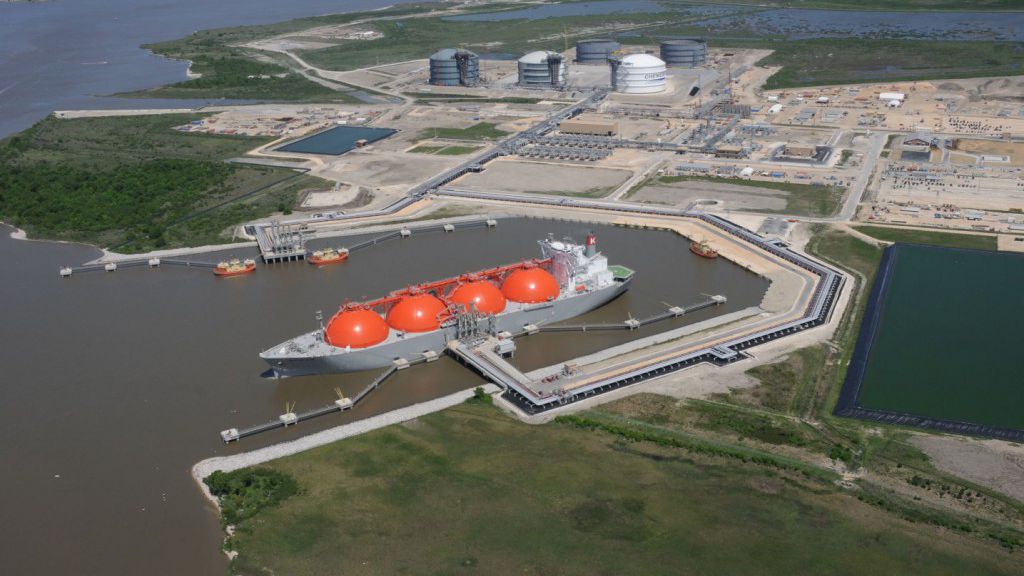First LNG Tanker Docked at Sabine Pass

An LNG tanker docked at the Sabine Pass terminal in Louisiana on Sunday, with only days to go before the United States ships its first export cargo of seaborne gas from the lower 48 states.
The Asia Vision LNG tanker docked at the Sabine Pass LNG terminal on Sunday, shiptracking data showed.
The tanker arrived in December in the Gulf of Mexico, but has been anchored off the coast of the terminal after the first shipment from the facility was delayed due to mechanical problems.
U.S. company Cheniere Energy said it expected its first cargo to leave the facility by the end of this month or in early March.
"We will export the first cargo shortly. Touch wood, it'll be at the end of February or in early March," Andrew Walker, Cheniere Energy's vice president for strategy, said during an energy industry event in Germany last week.
The Energy Atlantic LNG tanker, which was initially scheduled to pick up the first cargo from Sabine Pass, has also been sitting off the coast of the facility since January.
Once operational, Sabine Pass will be the first LNG export terminal outside of Alaska. The United States has been exporting LNG mostly to Japan from Alaska since 1969.
Six Trains Under Construction
Cheniere Partners is developing up to six natural gas liquefaction trains at Sabine Pass, each with an expected nominal production capacity of approximately 4.5 million tonnes per annum (mtpa) of LNG.
The trains are in various stages of development, with construction of the first train complete and the commissioning process underway. Train 1 has begun producing LNG. Commissioning for train 2 is expected to commence in the upcoming months. The remaining trains are expected to commence commissioning on a staggered basis thereafter.
Construction on Trains 1 and 2 began in August 2012. Construction on trains 3 and 4 began in May 2013, and as of December 31, 2015, the overall project completion percentage for trains 3 and 4 was approximately 79.5 percent, which is ahead of the contractual schedule. Cheniere Partners expects Trains 3 and 4 to become operational in 2017.
Construction on train 5 began in June 2015, and as of December 31, 2015, the overall project completion percentage for Train 5 was approximately 14.9 percent, which is ahead of the contractual schedule. Cheniere Partners expects Train 5 to become operational in 2019.
Train 6 is currently under development, with all necessary regulatory approvals in place. Cheniere Partners expects to make a final investment decision and commence construction on train 6 upon, among other things, entering into acceptable commercial arrangements and obtaining adequate financing.
